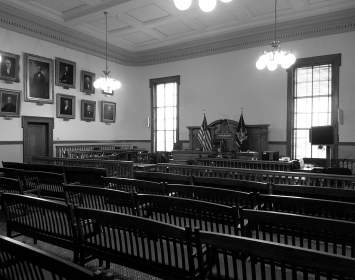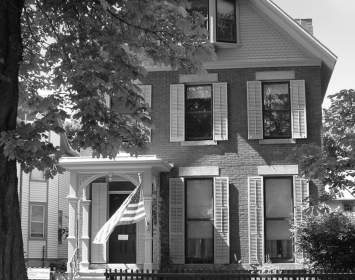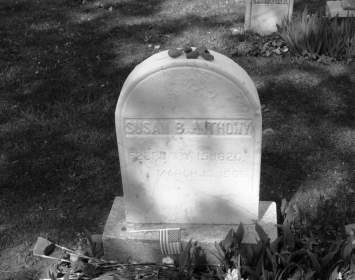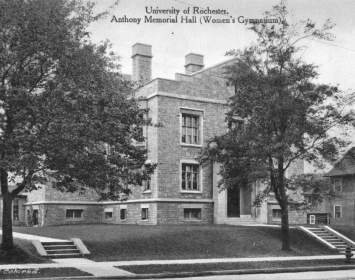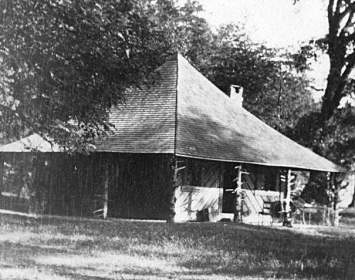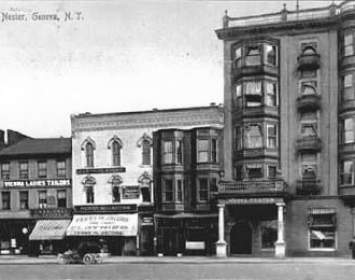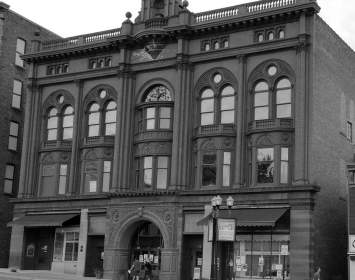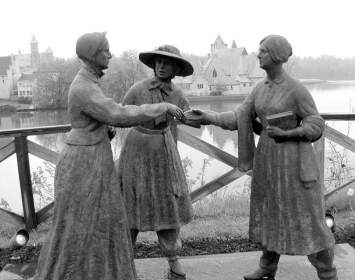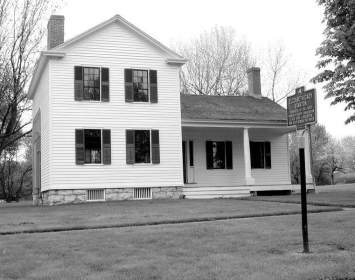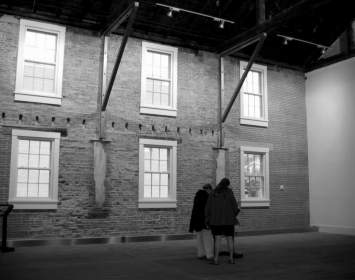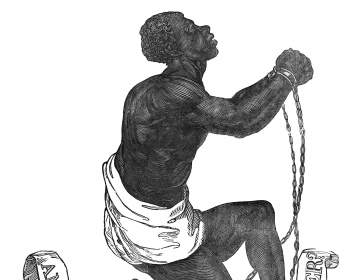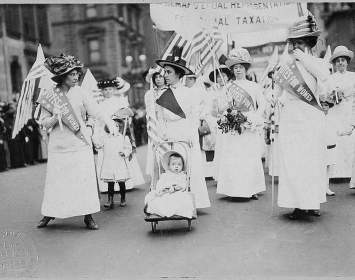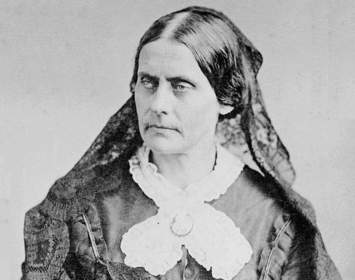Susan B. Anthony Sites
Custom
145.0 Miles
This trail extends from Rochester on the west to Seneca Falls on the east. One site in Geneva (Hotel Nester) is unmarked; other sites on this trail include a gravestone, public artwork, historic structure, or museum. The Susan B. Anthony House in Rochester and the sites in Seneca Falls house mid-sized museums; allow ample visit time. The Canandaigua site of Anthony's trial on the charge of unlawful voting remains the Ontario County Courthouse; the courtroom in which she was tried remains a working courtroom. The trial is commemorated by displays in the public lobby and others in the courtroom itself. Researchers having need to see all the displays must apply to the county government for access. Visitors seeking a shorter curated experience might wish to visit only the Rochester-area sites. Fossenvue (at Caywood Point) is located in a remote lakeshore park, accessible in good weather by boat or by a one-mile hike from a hilltop parking area.
Best-known of the nineteenth-century suffrage leaders, Susan B. Anthony was also an active abolitionist. While privately unorthodox in religion, she made pragmatic compromises with conservative Christians in order to promote the suffrage cause.
Susan B. Anthony (1820–1906) dedicated her life to the causes of abolition and woman's suffrage (nineteenth-century practice was to use the singular, woman's; later practice was to use the plural, women's). She was one of Rochester‘s leading antislavery activists; she collaborated with Harriet Tubman on the Underground Railroad and was a frequent collaborator with escaped slave-turned-antislavery icon Frederick Douglass. From 1851 until her death in 1906, she was at the forefront of the woman’s rights movement. With Elizabeth Cady Stanton and Matilda Joslyn Gage, Anthony coled the National Woman Suffrage Association, the radical wing of the movement, through some of its most productive years; later, the three women (known collectively as "the triumvirate") cowrote the multi-volume History of Woman Suffrage.
Anthony was more conciliatory —some would say pragmatic—in matters of religion than Stanton or Gage. Unlike them, Anthony never blamed Christianity for institutionalizing the oppression of women; late in her career, she even welcomed the extremely conservative Women’s Christian Temperance Union into the suffrage movement, causing an enduring split among suffrage activists.
Anthony’s goal of total woman’s suffrage was finally achieved only after her death, in 1920, with the Nineteenth Amendment. She was honored on the Susan B. Anthony dollar coin, introduced in 1979.
